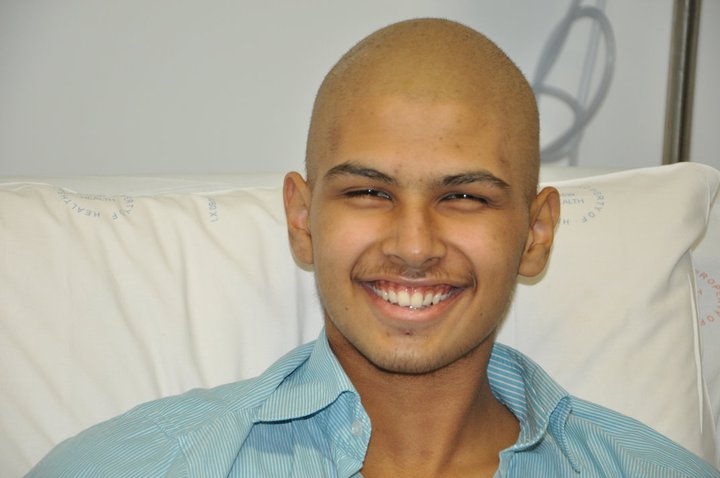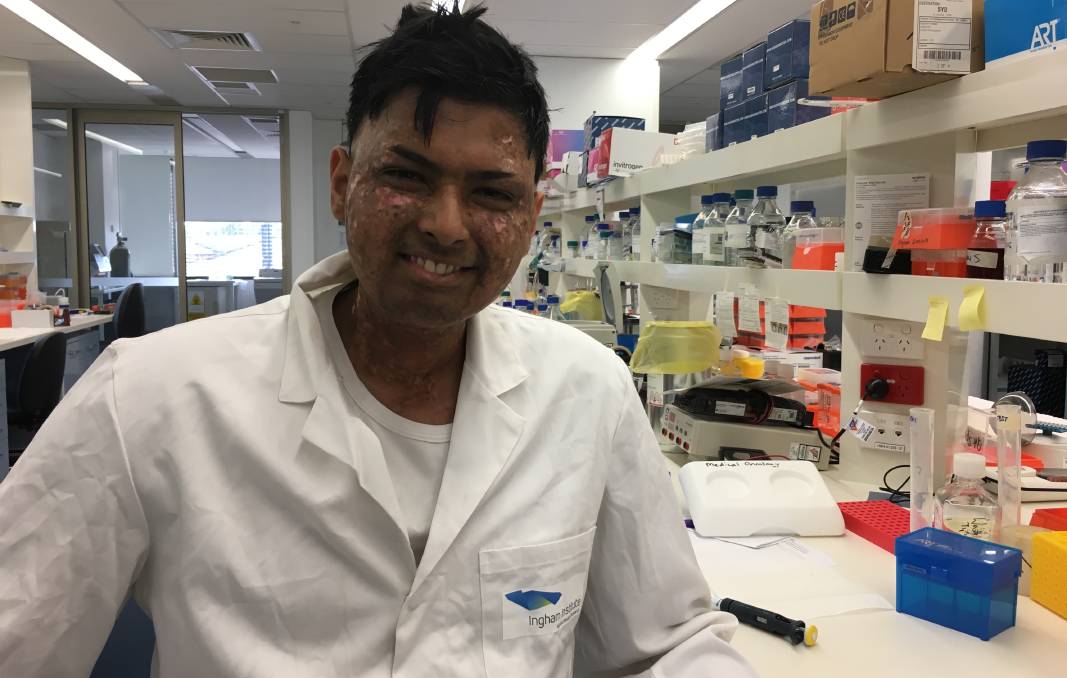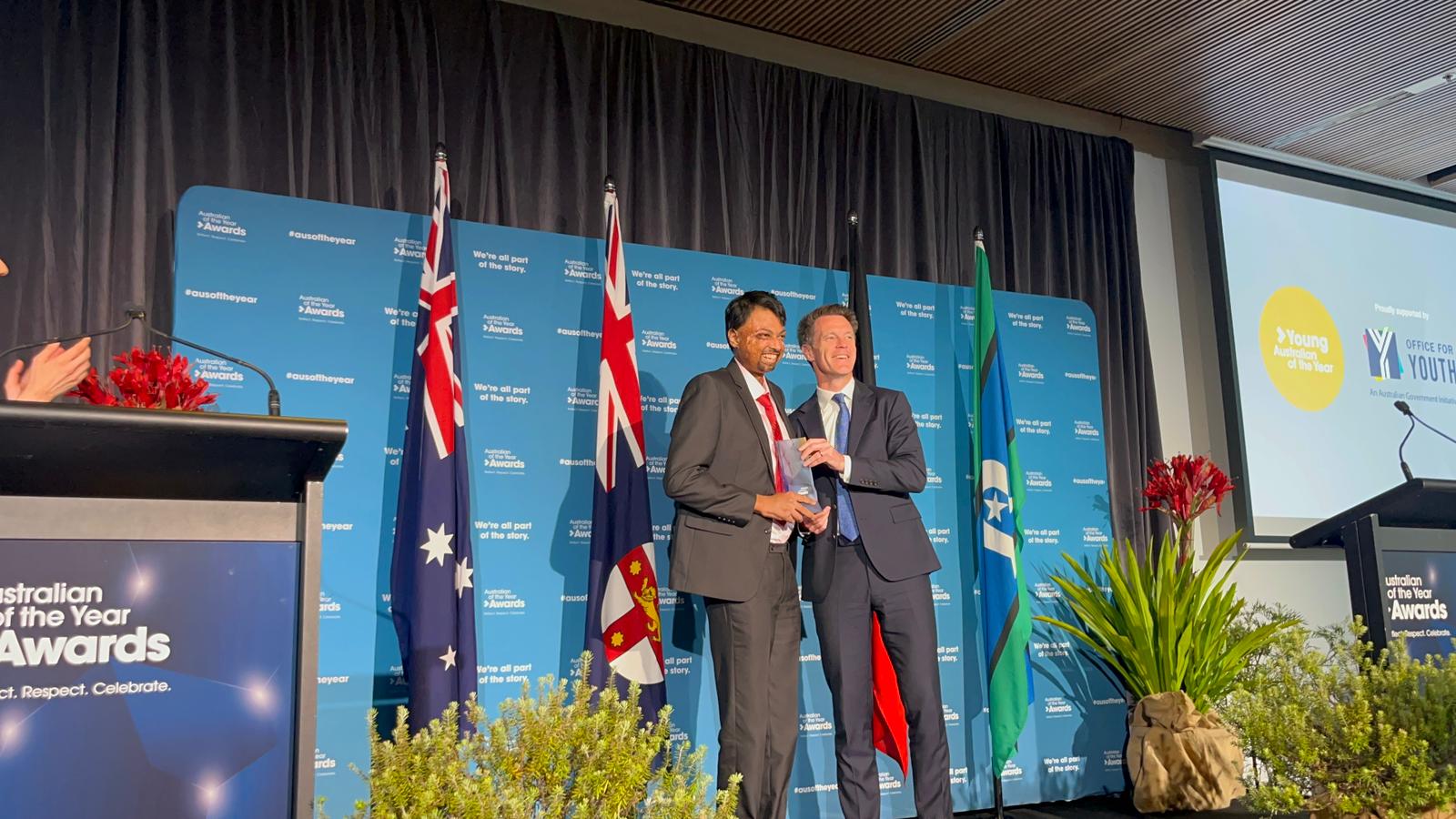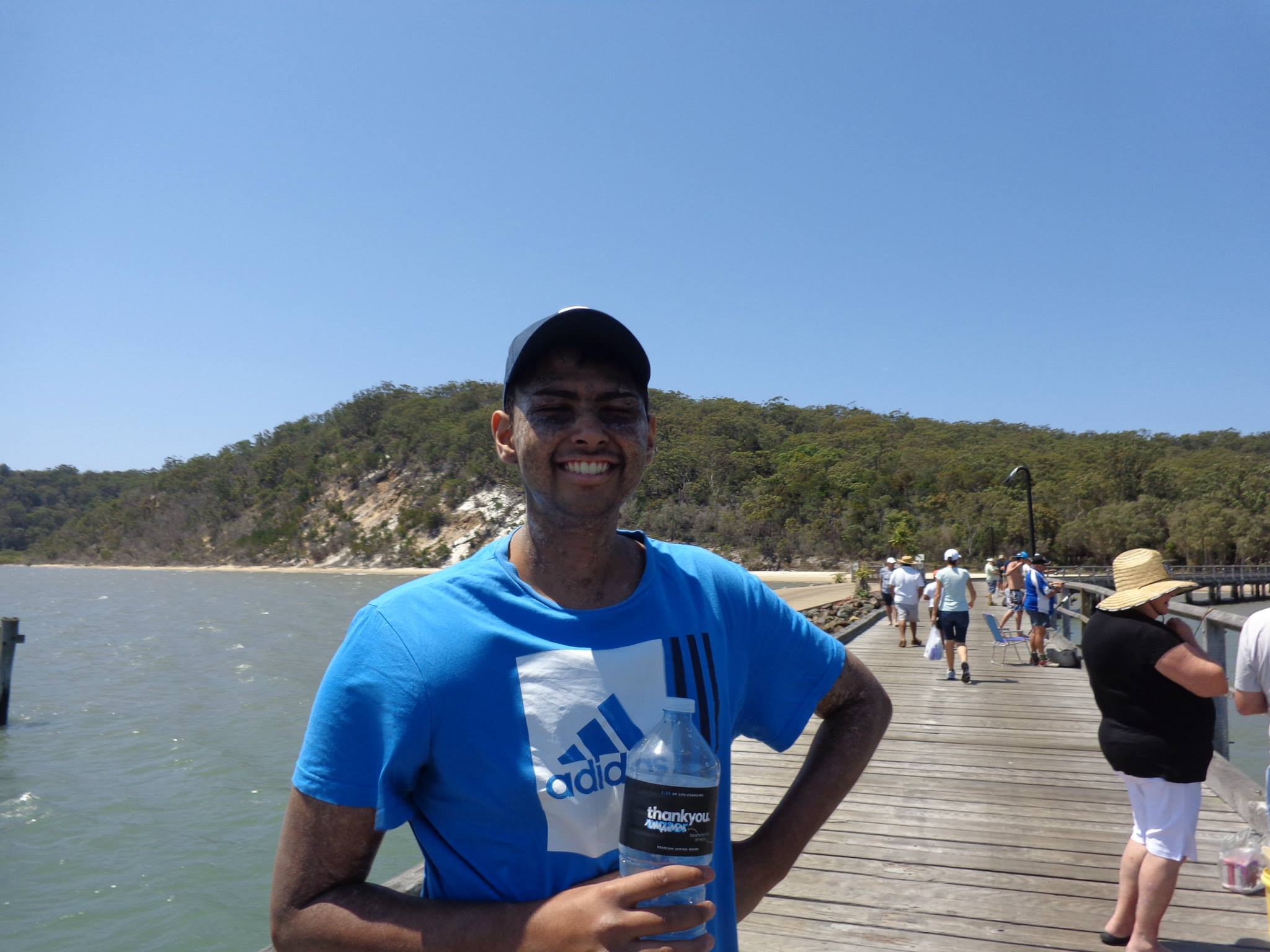My life changed a few years ago when I was told, “Nikhil, the good news is you’re 17 and you have leukemia, but the bad news is you’re 17… and you have leukemia.”
Then I asked him the one question every cancer patient dreads: “What are my chances?” He looked at me, sighed and said, “10-20 percent that you’ll live the next five years.”
Somehow, I got through that.
But it did get close. Quite a few times actually. And now that I’m a medical student and cancer researcher, I can appreciate just how close “close” actually was.
During my treatment, I suffered from many infections and falls, a few pressure sores, and a deep vein thrombosis (clot). Three of these four things could have killed me. One (those pressure sores) stayed with me for nearly two years, and even stopped me from swimming and washing my back.

The thing is, these things are common complications seen in hospitals:
Pneumonias (depending on the type and treatment) can affect 70 percent of cancer patients.
Falls will seriously injure nearly 1/10 people over 65 admitted to a hospital.
Deep vein thromboses affect up to 20 percent of those who are immobile, and will kill 15 percent of those who have them dislodged.
And pressure sores affect seven percent of those who enter hospitals (with nearly 1/4 in ICUs).
Each of these problems cost literally tens of billions to hospital settings, just in America alone! And most of these are unnecessary. Even one that often isn’t for cancer patients (pneumonias) can be reduced.
How? By simply sitting up. That simple act can reduce the severity and time spent in the hospital by 35 percent — more than two days in the hospital on average.
But although they’re recommended by physicians and have surgical guidelines around the world, and although I knew in the middle of chemo that any infection could kill me, I still couldn’t find it in me at my sickest and tiredest state to walk those few meters to my hospital bed.
And even though patients are told to exercise (or at least move their legs around to prevent dangerous clots where they happen most), and nurses are told to move patients around to prevent pressure sores, and patients are encouraged to wait for nurses’ assistance to get up when particularly weak, or at risk of falls… right now hundreds of thousands are falling through the cracks.

I knew I had to do something about it. I’d lost too many friends to these preventable issues myself. And I saw a perfect way to do so — by changing something that hasn’t really been changed in decades.
The hospital bed.
I’ve created a version of the hospital bed that will reduce, perhaps even eliminate, the incidence of all of these! How? Well, I explain in this video.
The features on our beds not only make lives more comfortable for patients, or those who are being cared for at nursing homes or homes, but they also save lives.
The inclining ability of the legs will increase blood flow to vital organs in times of shock. The decline feature, when combined with the incline of the head, will make this a chair that encourages patients to sit up much more effectively than any distant hospital bed could. Hence, reducing the rates and severities of infections.
The massage prongs will stop blood from pooling around the legs, which will reduce rates of blood clots. The contouring features and weight sensors will reduce tissue pressures where they’re highest, thus reducing pressure sores. And many features, such as the slide out rails, embedded charging ports, intuitive IV pole placement and a bed pan chamber, will reduce the need to get up for those who shouldn’t.
But we’re not only creating this. We’ve also got provisional patents on an adjusting wedge pillow — something that’ll help millions with lung or back conditions, acid reflux, or those wanting to lounge in bed more comfortably.
I think the best thing about this is that instead of the profits going to my back pocket, I’ll be giving away all of the profits we can towards charity, research and ensuring manual, affordable versions of this get to nations who need hospital beds the most. Personally, I feel relieving pain and putting a smile on someone’s face is so much more fulfilling than money could ever be.

We’re already partnering with Engineers Without Borders to create a version of this bed that can be produced cheaply, and close to source!
Plus, this is something that’ll save hospital systems money and lives.
The thing is, for a project this big to become a reality, we’re gonna need lots of help, so feel free to donate or buy some products that’ll help you Get To Sleep Easy (we also have some pretty cool merchandise, too.) You can also follow our journey through our email list, on Facebook , Twitter or Instagram.
And watch out for a pretty hilarious campaign we’ll be releasing next week called #GiveMeAWedgie. We’ve got a bunch of people ready to help share that out, so join us!
I hope this can help as many people out there as possible. I decided to study medicine because I knew I could make an impact on peoples’ lives. I’m working on some interesting immunotherapy cancer research because I saw you could save potentially thousands of people at a time… if you discovered something awesome.
And something like this could save millions of lives, and do so continuously and sustainably, for years to come.

I hope what I’ve said convinces you to help make this vision a reality.
Nikhil Autar was diagnosed with acute myeloid leukemia at 17 and given a 10-20 percent chance of surviving. Despite that, he made it into a medical degree at 18, and is currently doing medical research and running his social enterprise, Get To Sleep Easy. You can find him here or at his blog, Musings of a Med Student Patient.



